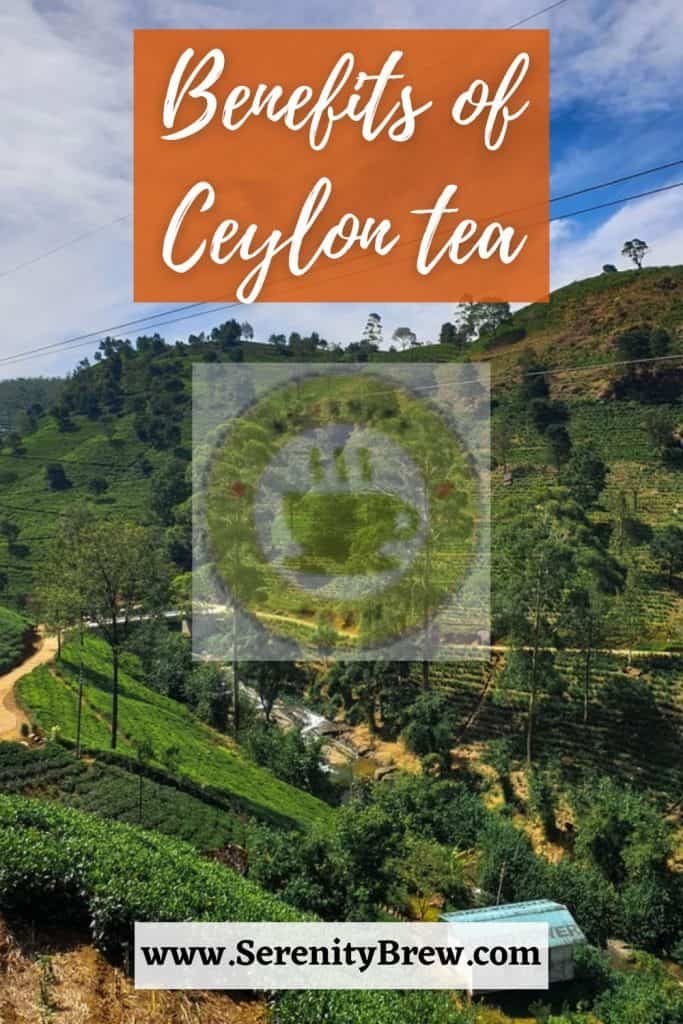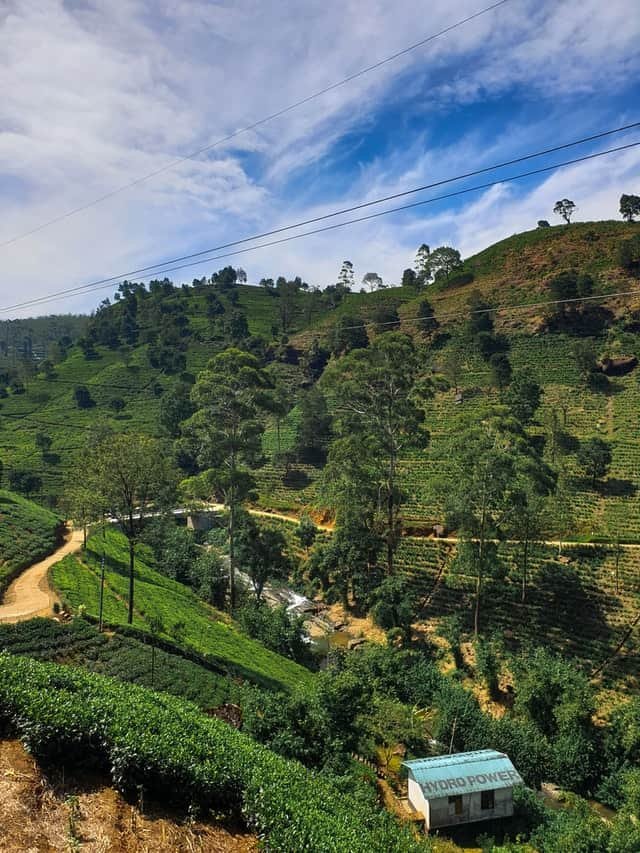
Sri Lanka, known during colonial times as Ceylon to the British, produces one of the most famous teas in the world: Ceylon tea.
The island, known as the “Teardrop of India” is the world’s third largest producer of tea. Its varied and mountainous topography in the center transmits its differences to the teas, which are grown both at sea level and at high altitudes.
In general, Ceylon teas have in common intense flavors with notes of spices. Teas grown on the slopes of its immense mountains offer delicate flavors and are rich in nuances, and are considered the cream of the crop on the island.
Origin of Ceylon tea
Sri Lanka produces varieties of green, white and black teas. However, the island is especially famous for the latter. In fact, its name is practically synonymous with black tea.
Sri Lanka was for many years a colonized region. There, the Portuguese, Dutch and English lived. The latter took over what is now Sri Lanka after the conquest of the Netherlands by Napoleon’s France in 1794, when the Dutch came to them for protection. The change was thus agreed: protection in exchange for that Asian region. In this way, the area became a British colony and received the name of Ceylon (in English, Ceylon).
With the arrival of the English on the island, the consumption of coffee began to be replaced by tea and finally, the subject of our article today was born: Ceylon tea.
It is worth mentioning that Ceylon tea also receives a designation of origin depending on the area where it has been grown. This is because Sri Lanka is an island whose height grows towards its center. In the flatter areas and closer to the coast, the tea known as low-grown is produced , while in the regions of medium heights they are called mid-grown and those varieties cultivated in the center of the island, above 3000 meters of altitude, are called high-grown. These denominations simply refer to the region of cultivation (there are 7 official regions) and not to the variety of tea, although they do affect its taste.
Ceylon tea flavor
Ceylon teas are often said to be distinguished by an intense flavor and notes reminiscent of spices.
The range of flavors will vary depending on where it is grown and the type of tea made. In general, we can say that Ceylon green tea has a more pungent flavor than other varieties, while Ceylon black tea has a milder flavor than other black teas, with a hint of citrus.
Although its production is comparatively small, it is worth mentioning Ceylon white tea; the usually more expensive variety. This tea is harvested by hand and dried in the sun, making the process much more delicate and laborious. The result? A delicate and smooth tea, with a natural sweetness that distinguishes it from green and black tea varieties.
Now, if we also pay attention to the denomination of origin of Ceylon tea, we discover that those varieties grown in low-lying areas, near the coast, receive more sun and are exposed to a drier climate, later having a slight flavor. to malt While those varieties grown at high altitudes are subjected to strong winds and lower temperatures, thus obtaining a much lighter tea.
The seven producing regions that give their name to the different Ceylon teas are:
- Nuwara Eliya: high altitude production resulting in a tea with a delicate and fragrant taste.
- Dimbula: Production at average heights of 1,200 meters, the result of which is a smooth and refreshing tea, sometimes with notes of jasmine and cypress.
- Grape: produces a smooth and highly aromatic tea.
- Uda Pussellawa: region of production of a tea with a pink tone, stronger and more pungent.
- Kandy: The cultivation does not exceed 1,300 meters in altitude and produces strong and full-bodied teas.
- Ruhuna: includes low-grown teas and its specialty is black tea.
- Sabaragamuwa: also produces low-grown teas.
Health Benefits of Ceylon Tea
The entire family of teas, the infusions made from the leaves of the Camellia sinensis plant, bring together a set of beneficial properties for health.
Would help lose weight
Although there are no specific studies on the relationship between weight loss and Ceylon tea intake, black tea in general is an important source of polyphenols. These substances are associated with the reduction of oxidative stress, thus being recommended in diets to lose weight.
In 2007, Japanese scientists studied 240 people who regularly drank green tea and concluded that its consumption after 12 weeks contributed to weight loss and reduction in body fat.
On the other hand, the amount of polyphenols present in tea is associated with the oxidation process to which it is subjected. As white tea is the least processed, it would contain a higher proportion of polyphenols and therefore, it would be the “best” for weight loss. At least that’s inferred from a study that suggests white tea could boost metabolism by 5%.
Antioxidant protection
Ceylon tea contains numerous antioxidants, molecules that fight free radicals and reduce the risk of suffering from some chronic and degenerative diseases.
A division dedicated to the research of the business giant, indicated that regular consumption of black or green tea would protect DNA from possible oxidative damage, thus minimizing the risk of suffering from some diseases related to its deterioration.
Control blood sugar
Several studies suggest that the consumption of green and black tea has properties to keep blood sugar stable and prevent type 2 diabetes mellitus.
This would suggest a relationship between tea consumption and a lower risk of diabetes.
Would protect the heart
Different studies have concluded that the antioxidant components present in green tea act by lowering “bad” cholesterol (LDL) as well as total cholesterol. In this way, the risks of suffering from cardiovascular diseases would be reduced.
Drink Ceylon tea

The body, intense flavor and caffeine of Ceylon black tea make it a good choice to replace coffee or simply when you feel like a strong tea.
Ceylon tea works well both hot and cold. It is sometimes used in combinations that require full-bodied teas, such as the spiced combinations of chai tea.
Continue touring the exciting geography of the world of tea with the fruit of the wonderful island of Sri Lanka.
